Selenium is one of the most important trace elements. In human blood plasma, selenium binds to glutathione peroxidase and a selenium-transporting protein known as selenoprotein P, in the form of the amino acid selenocysteine. Selenium-containing glutathione peroxidase is a component of the antioxidant defense system of cells.
There is a known inverse relationship between the level of selenium in the blood plasma and the likelihood of developing diseases of the cardiovascular system (cardiomyopathy, arteriosclerosis, myocardial infarction), as well as oncological diseases. In patients with renal failure and gastrointestinal diseases, a decrease in the level of selenium in the blood plasma is noted.
When taken orally, sodium selenite is absorbed mainly in the duodenum. In the blood, selenium is absorbed by erythrocytes and reduced by enzymes to selenide. Selenide is the central reservoir of selenium for excretion from the body and for the formation of complexes with selenoproteins. Excess selenide is metabolized by methylselenol and dimethylselenide into trimethylselenium ions – the main excretion product. The total amount of selenium in the human body is 4-20 mg. The excretion of selenium from the human body depends on the dose consumed and the level of selenium in the body. Selenium is excreted with feces, urine, and also through the lungs in the form of trimethylselenium ions and other metabolites.


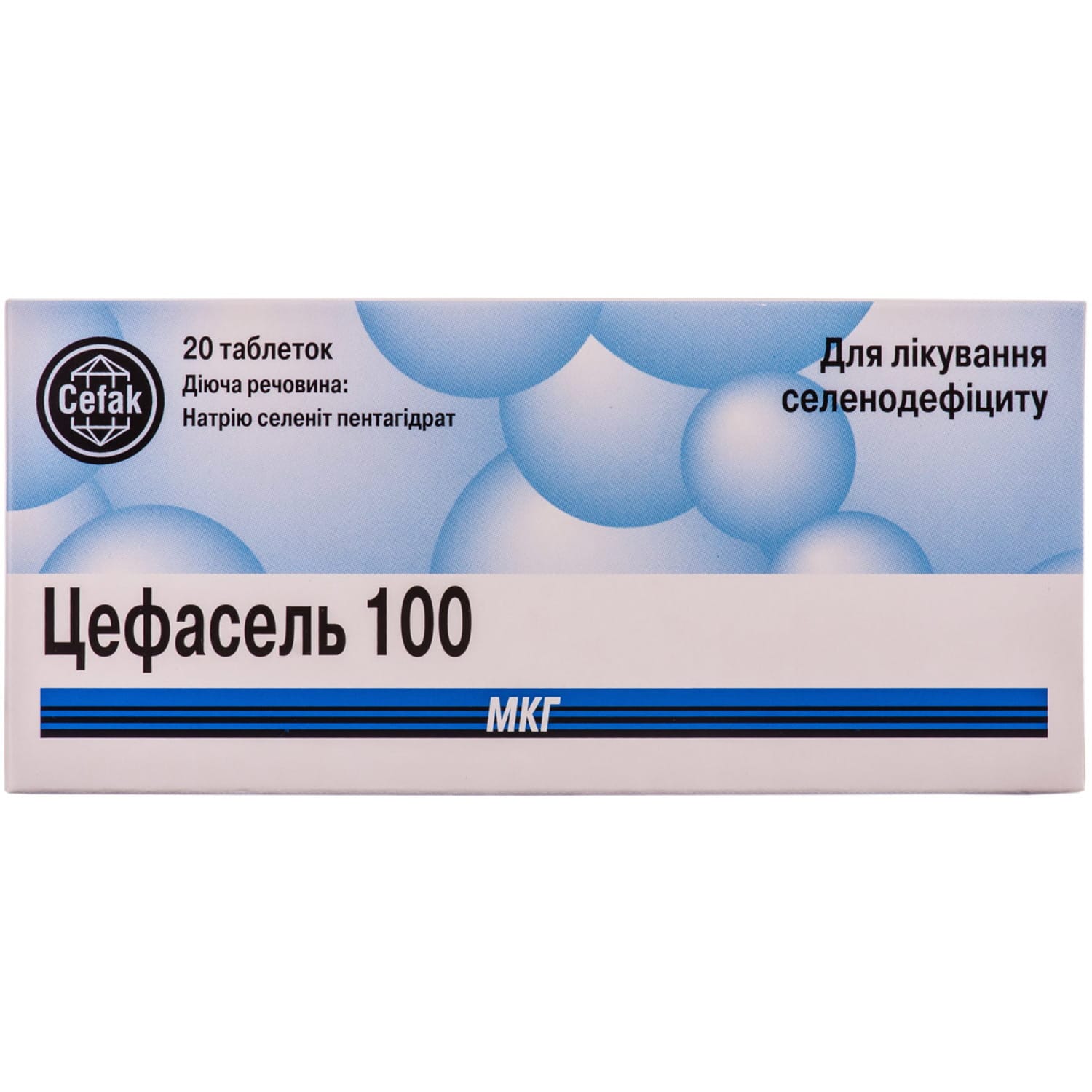
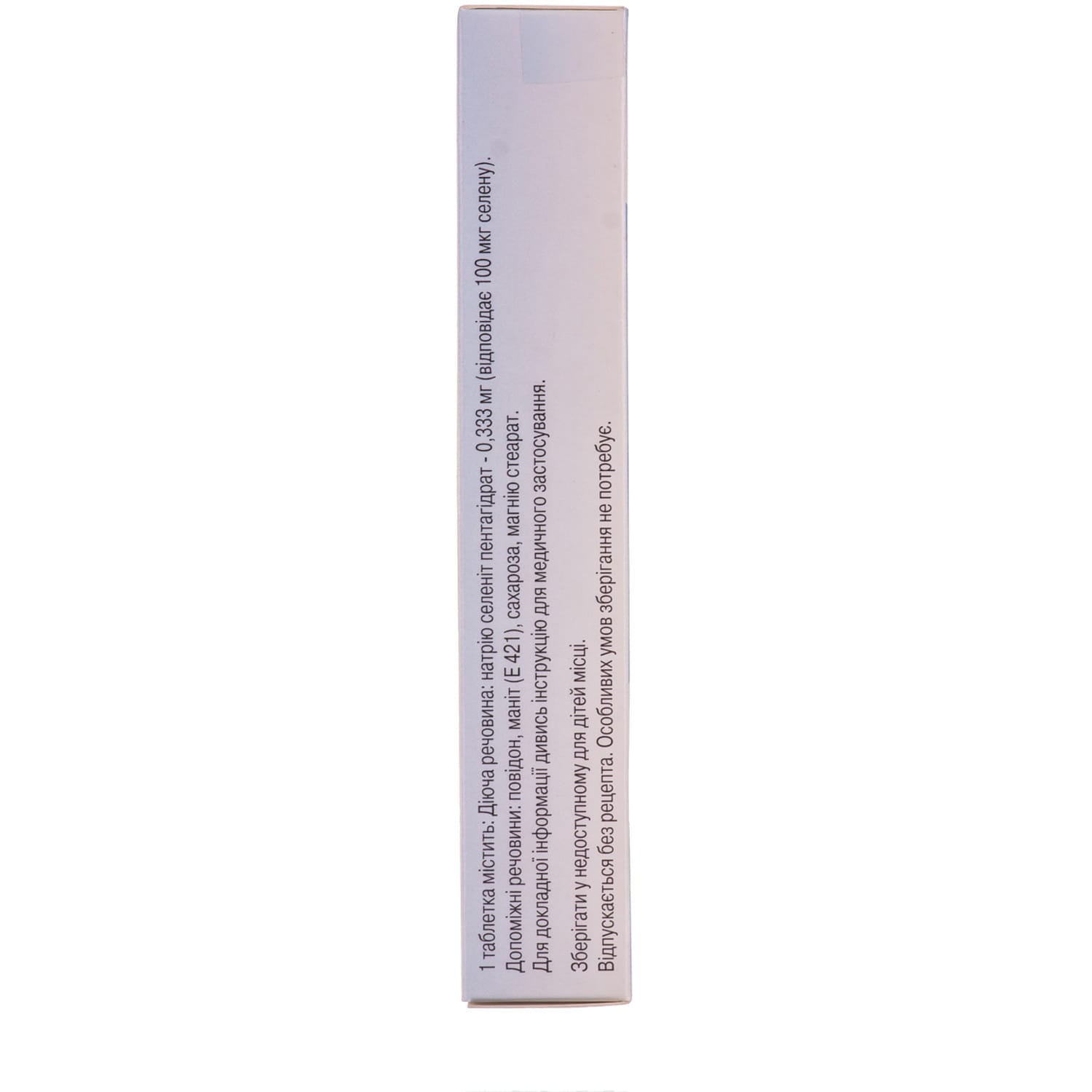

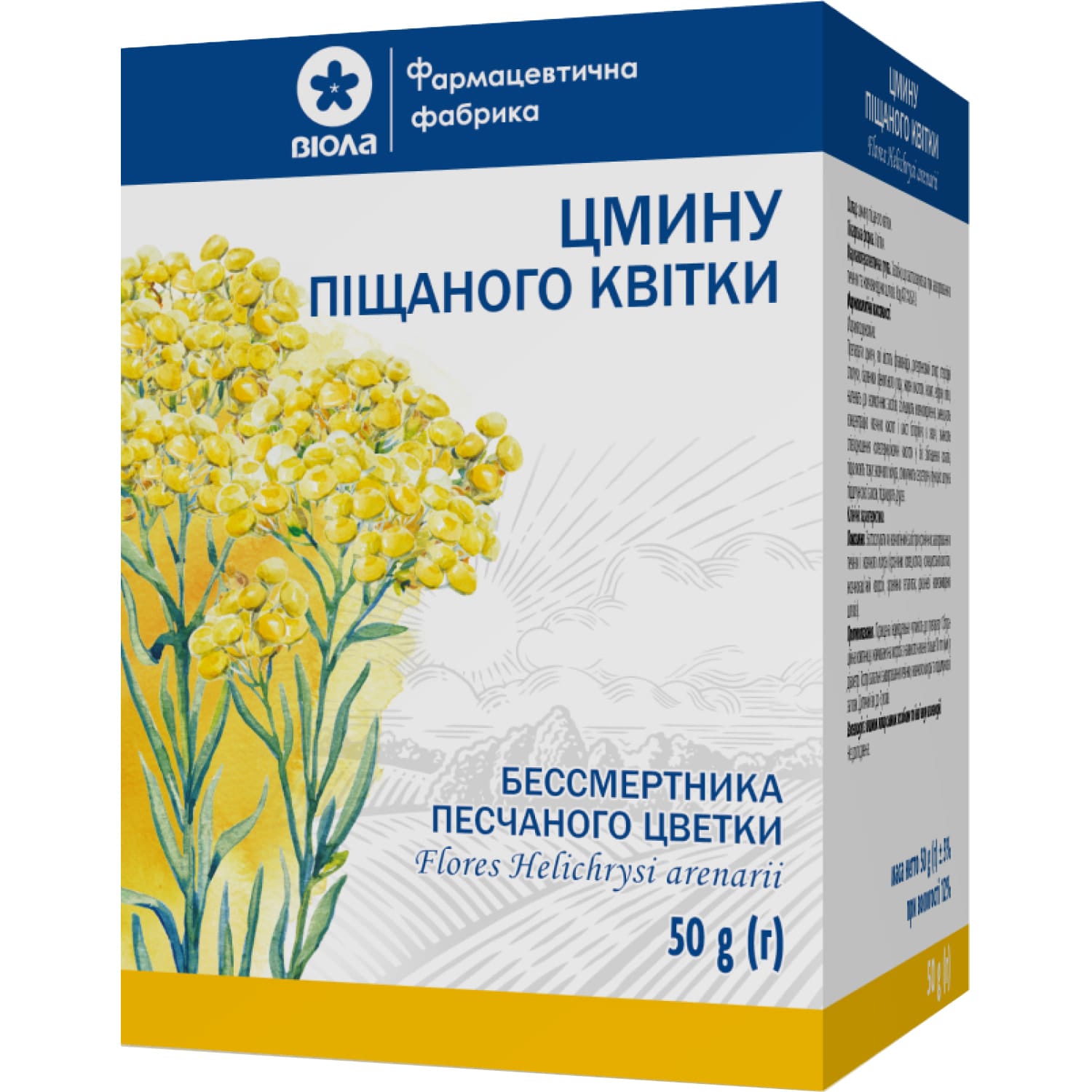
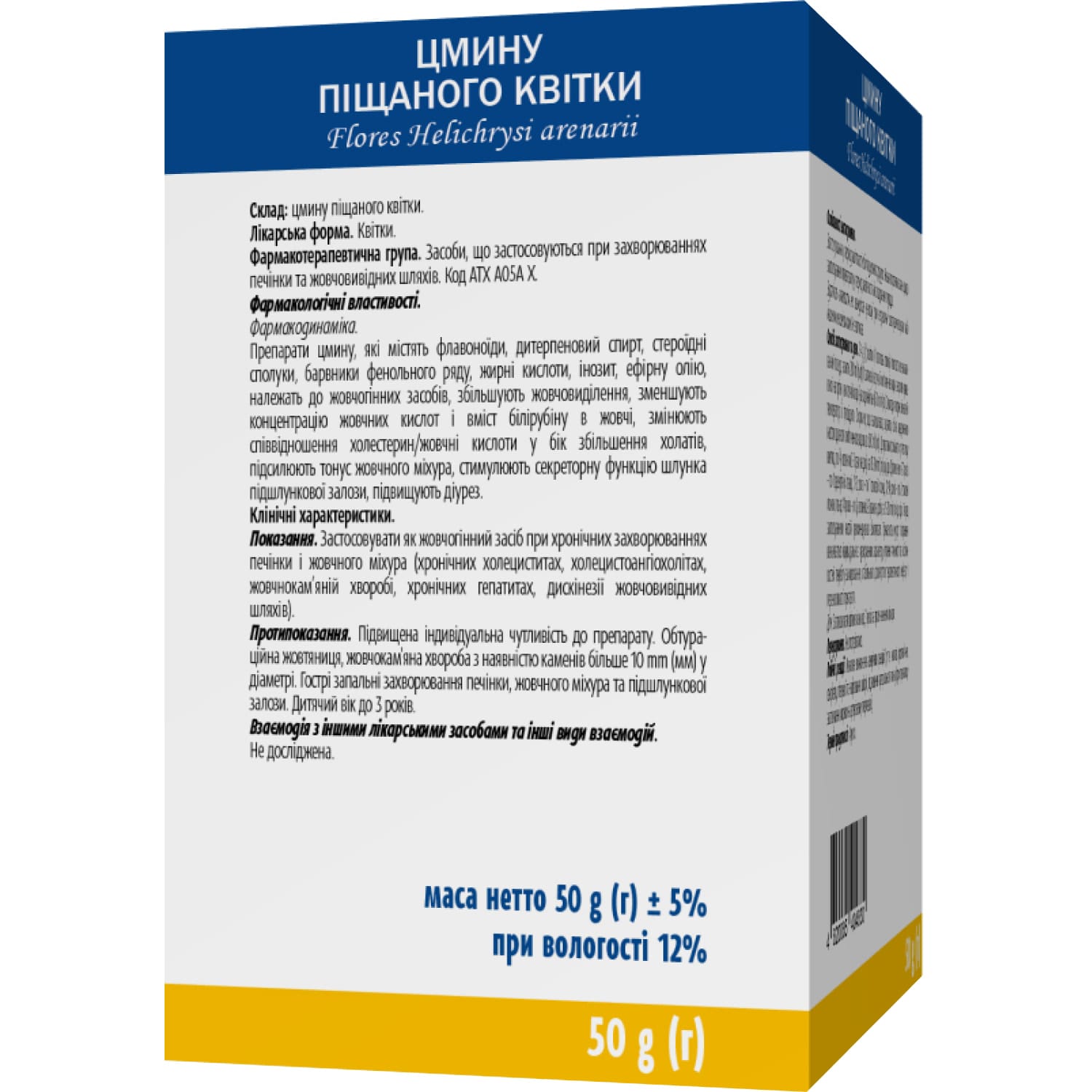

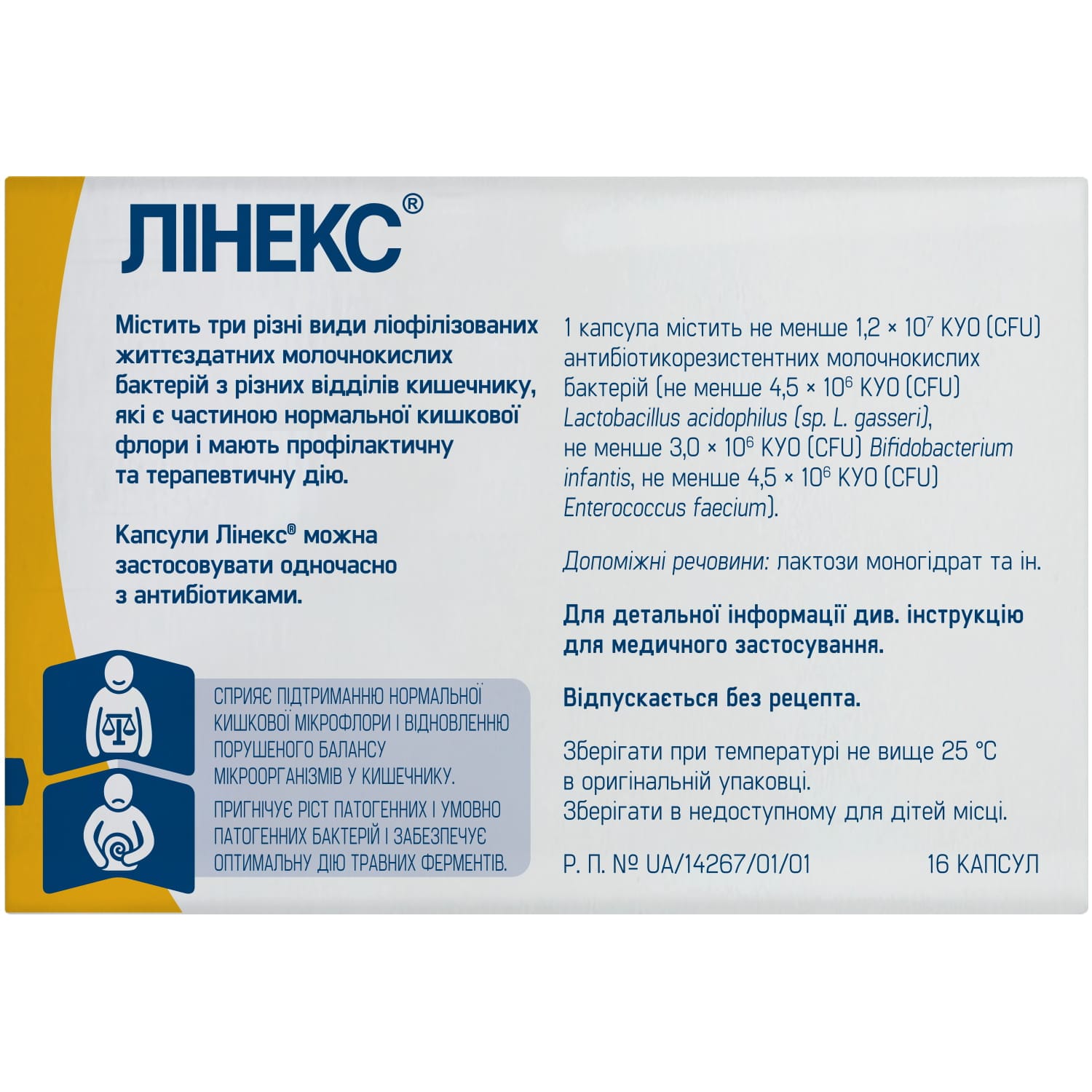
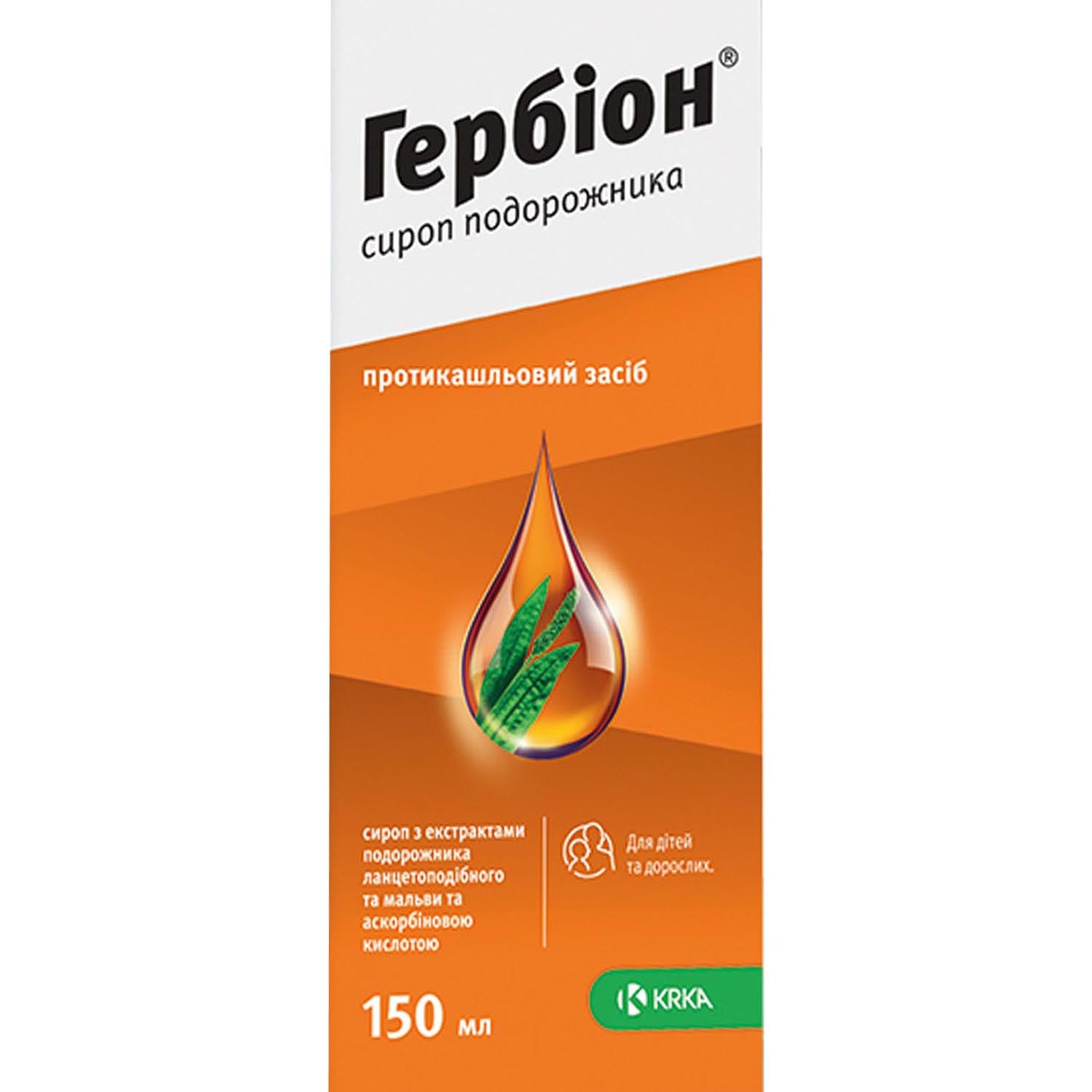
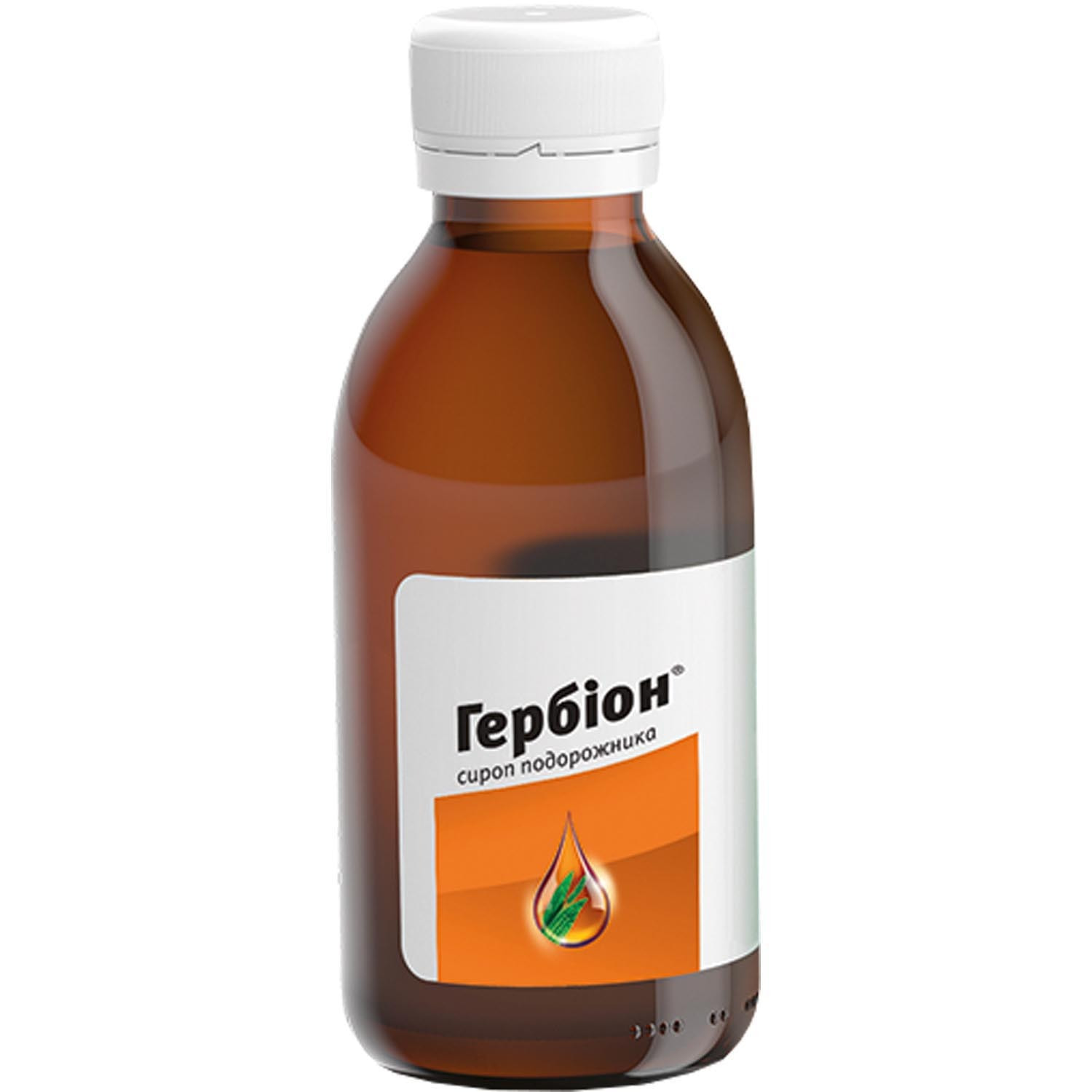
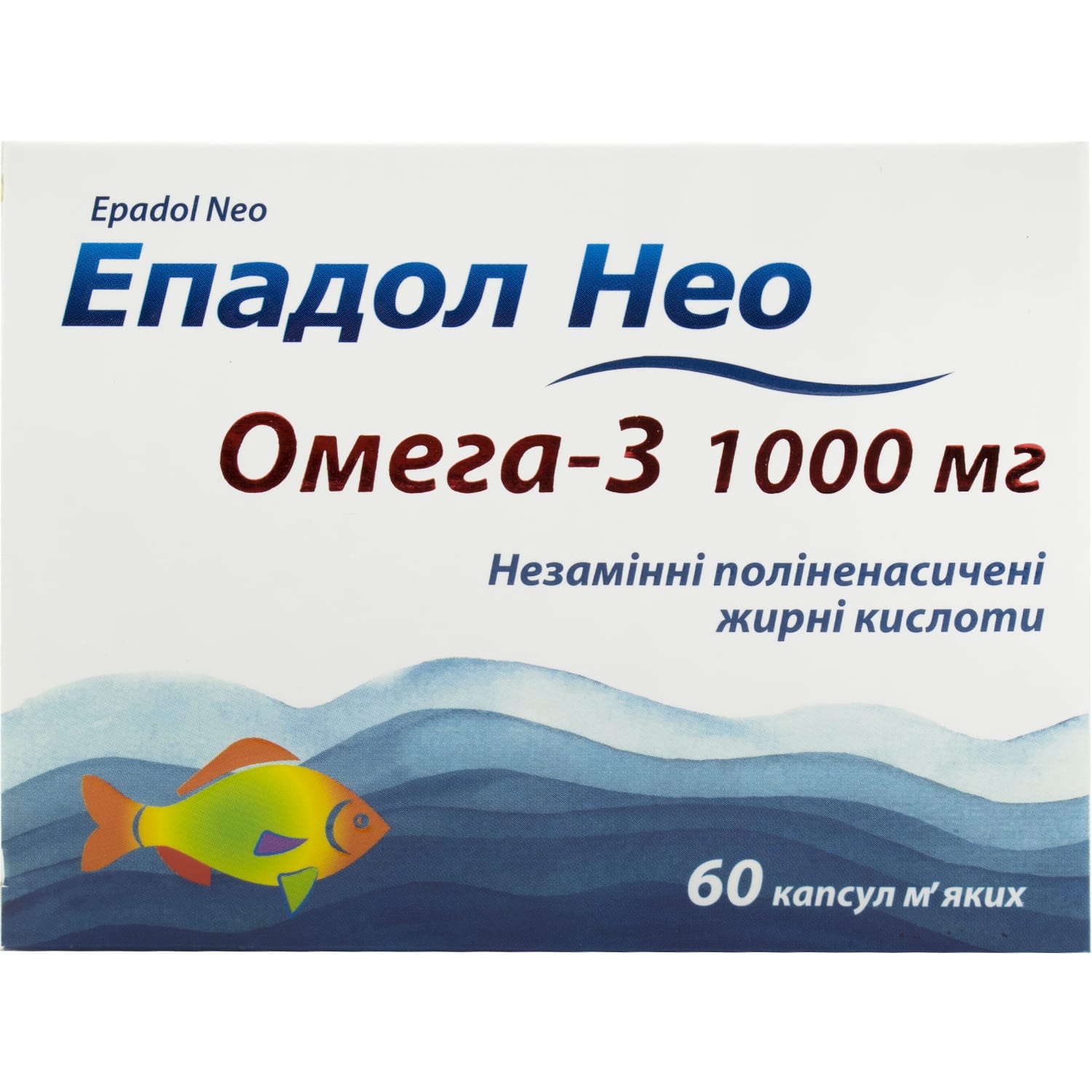
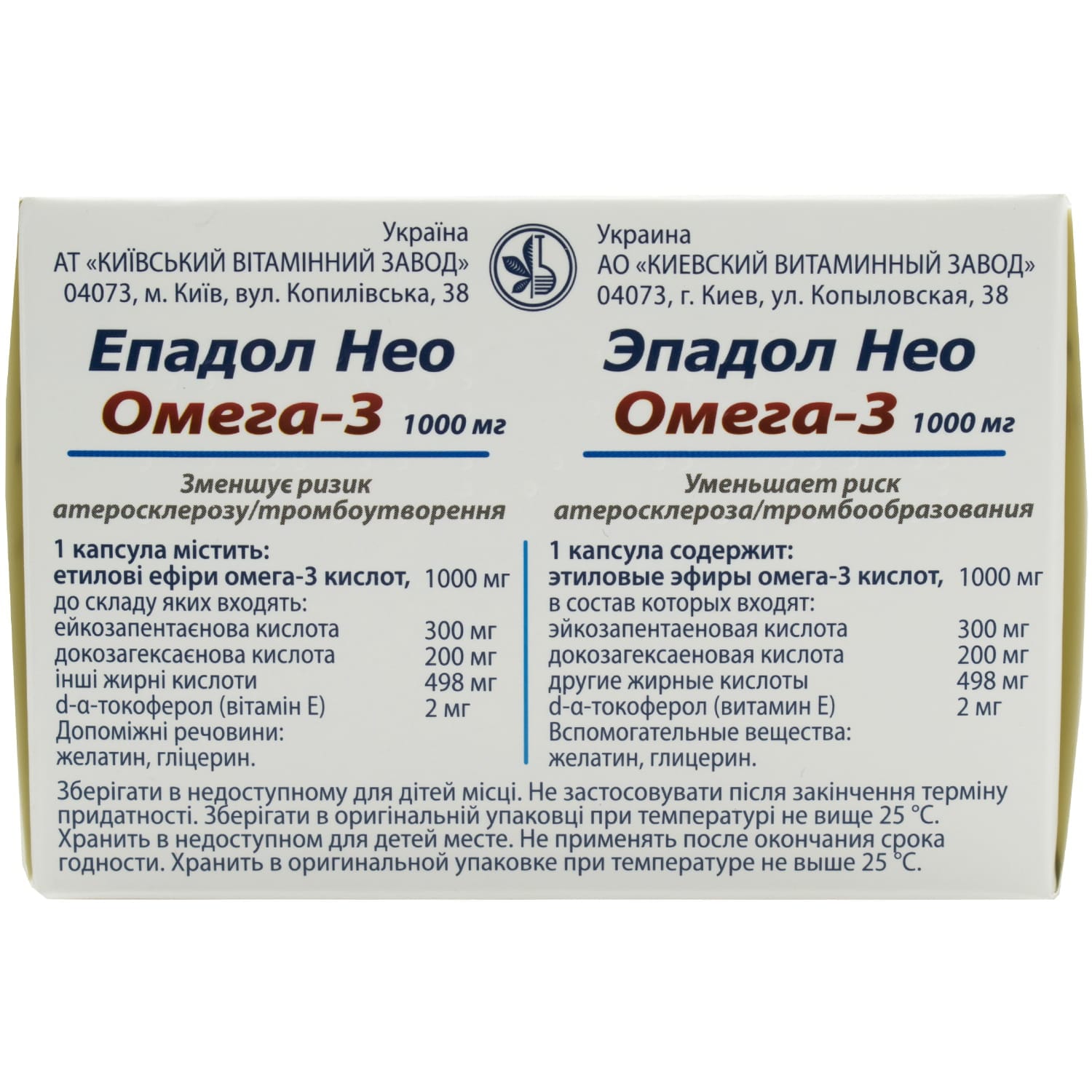
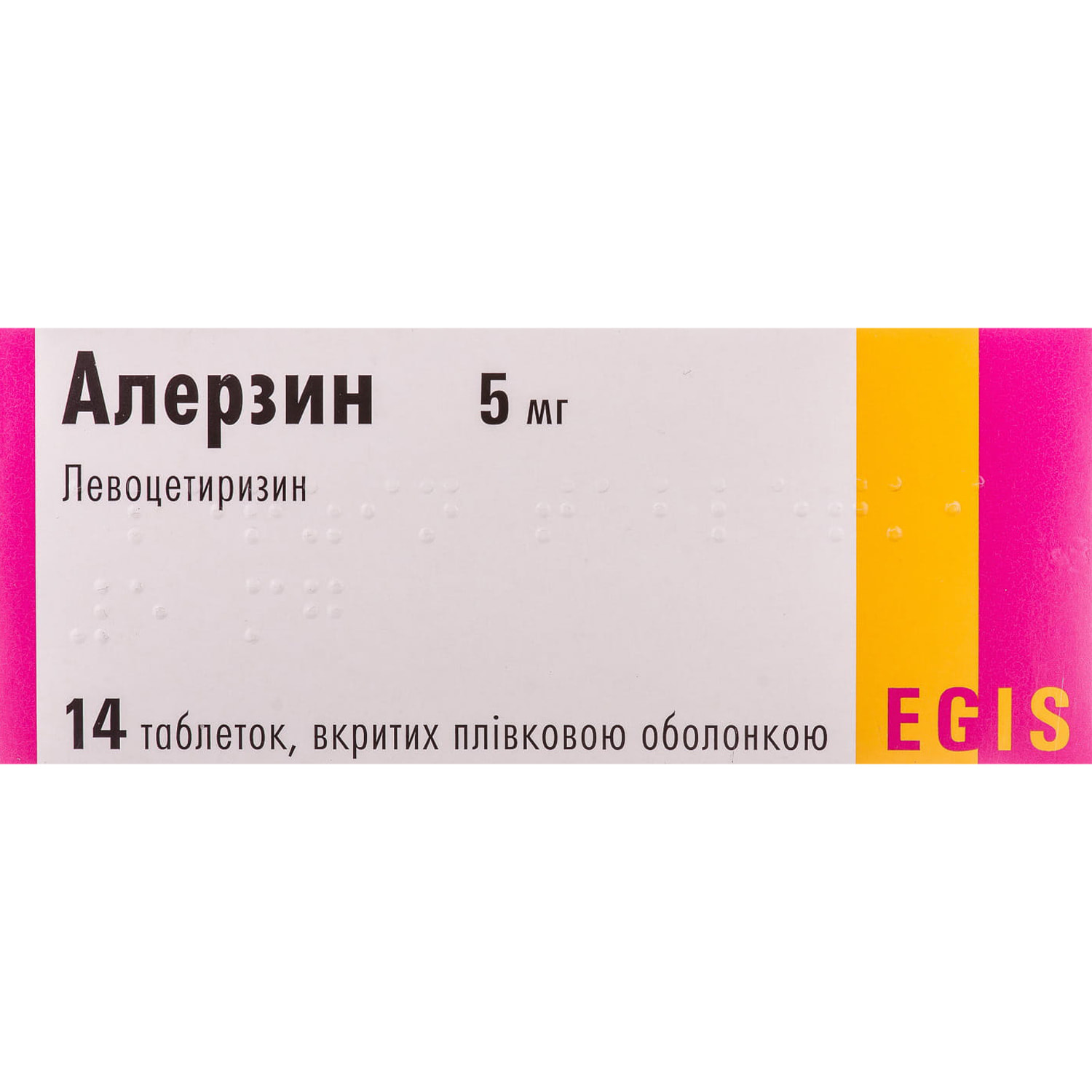
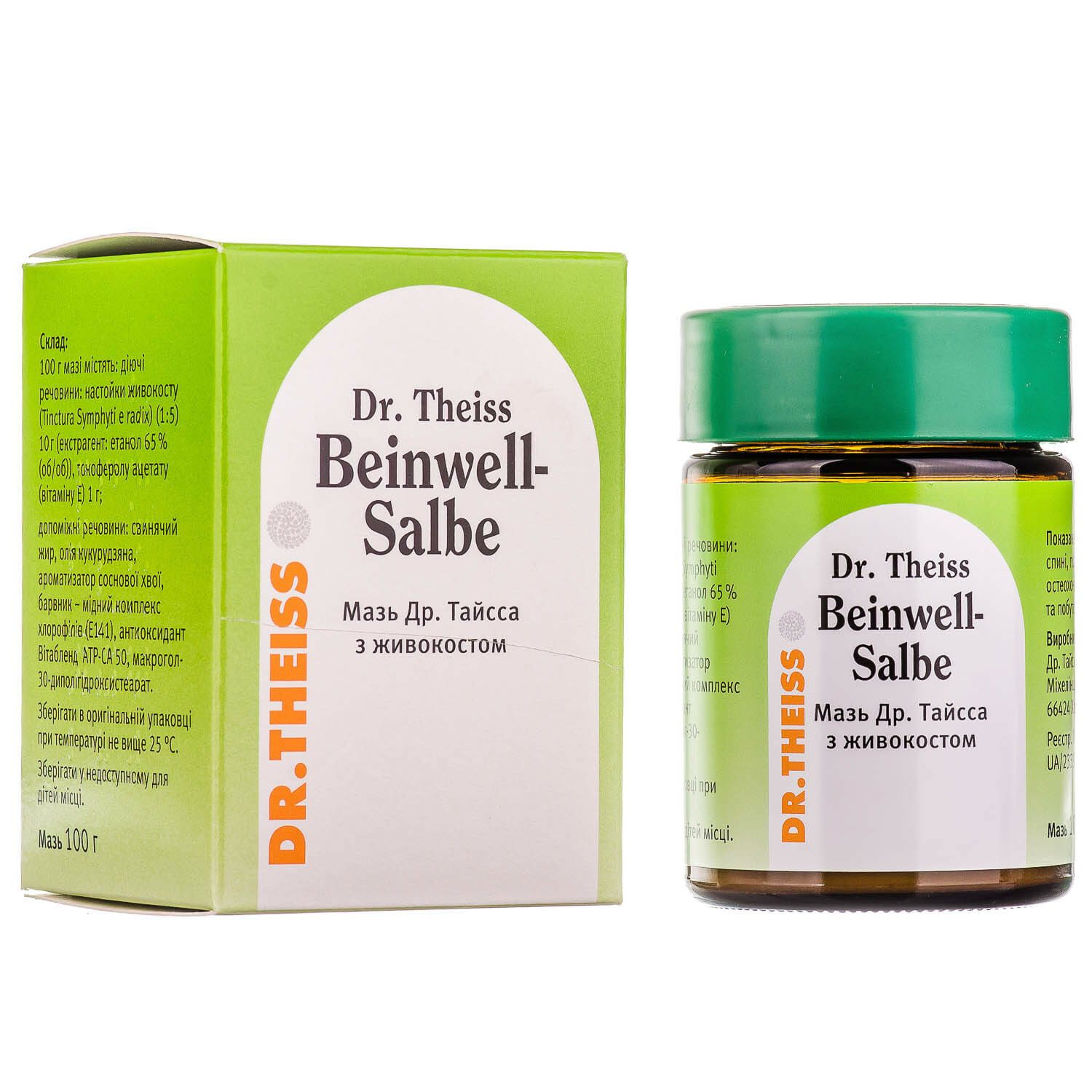
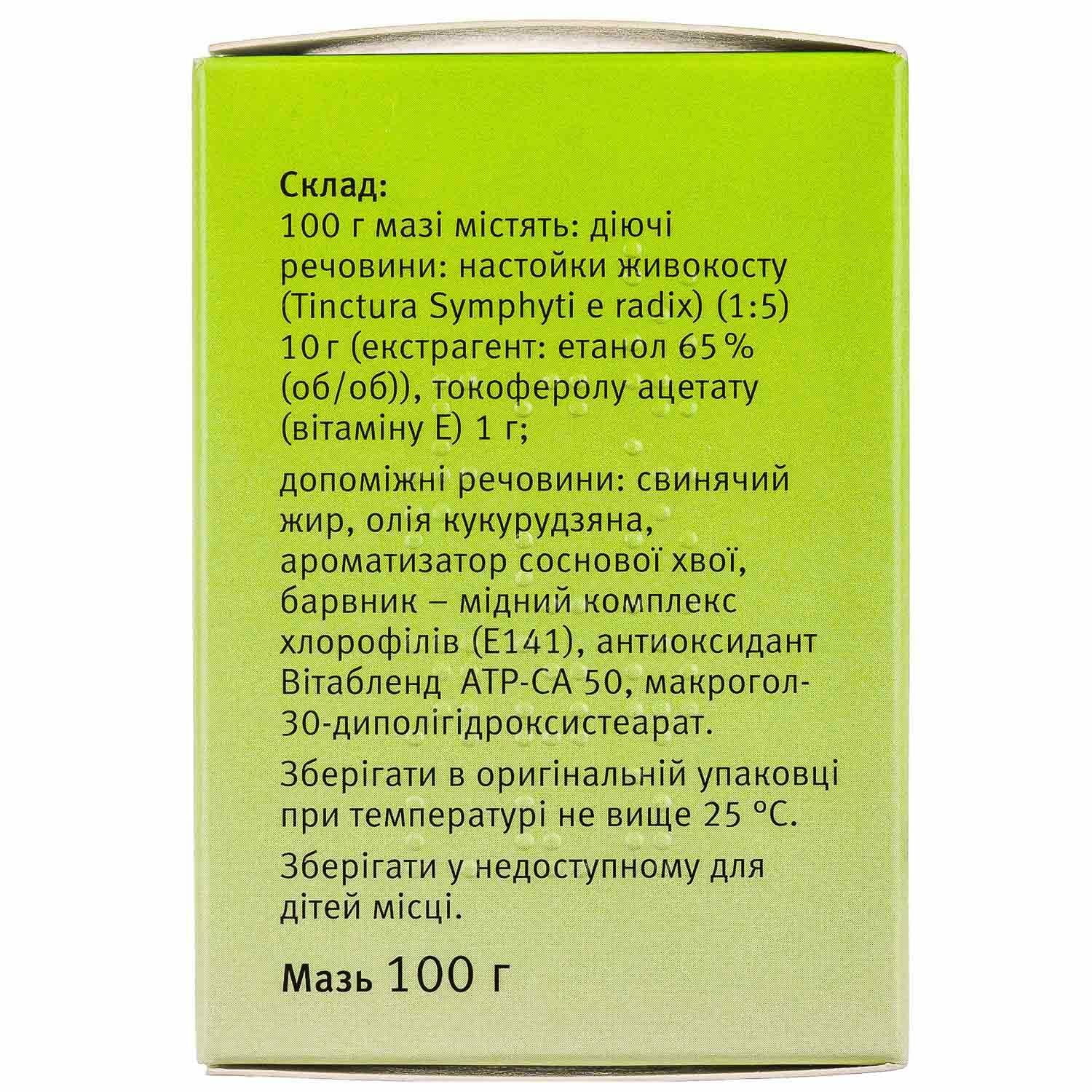
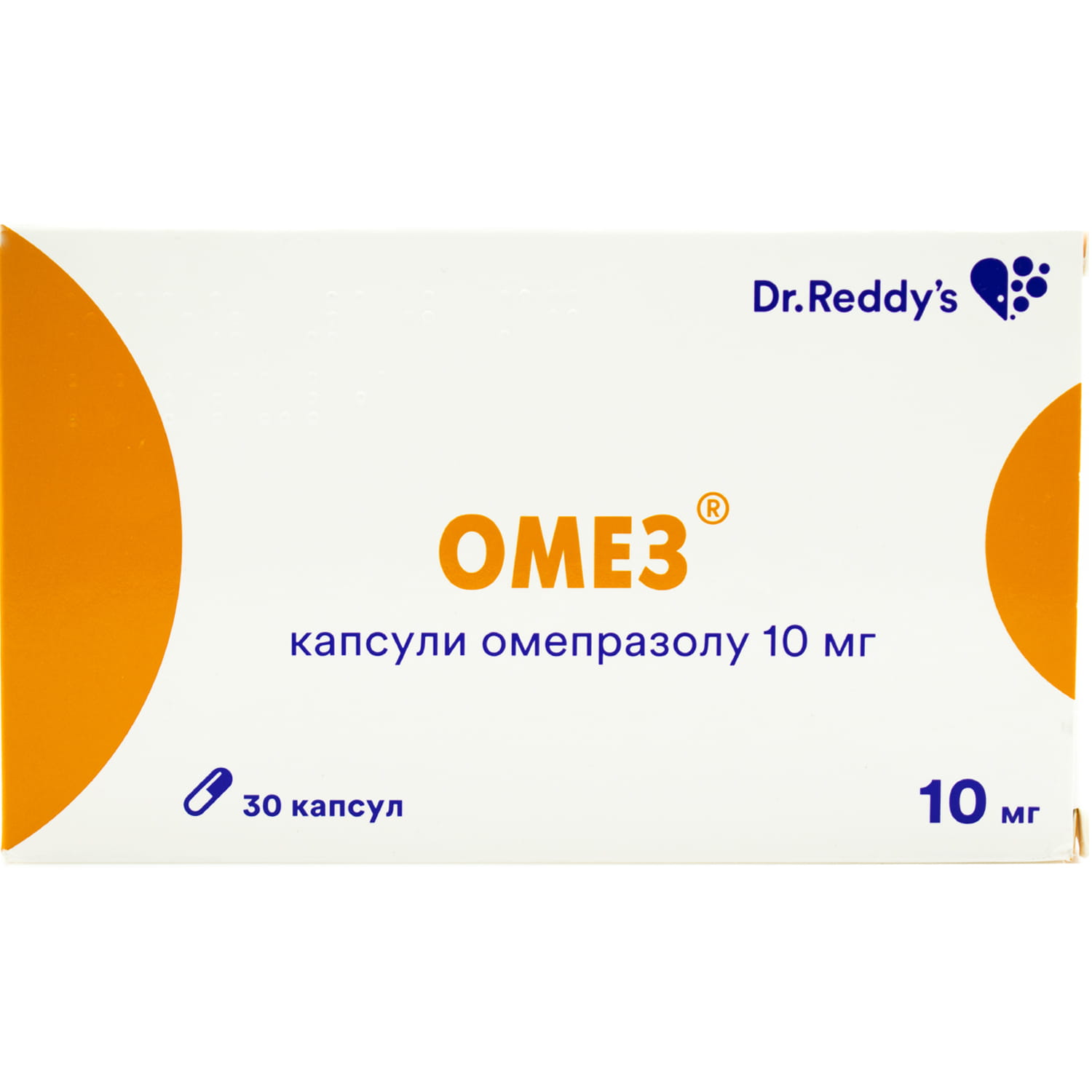
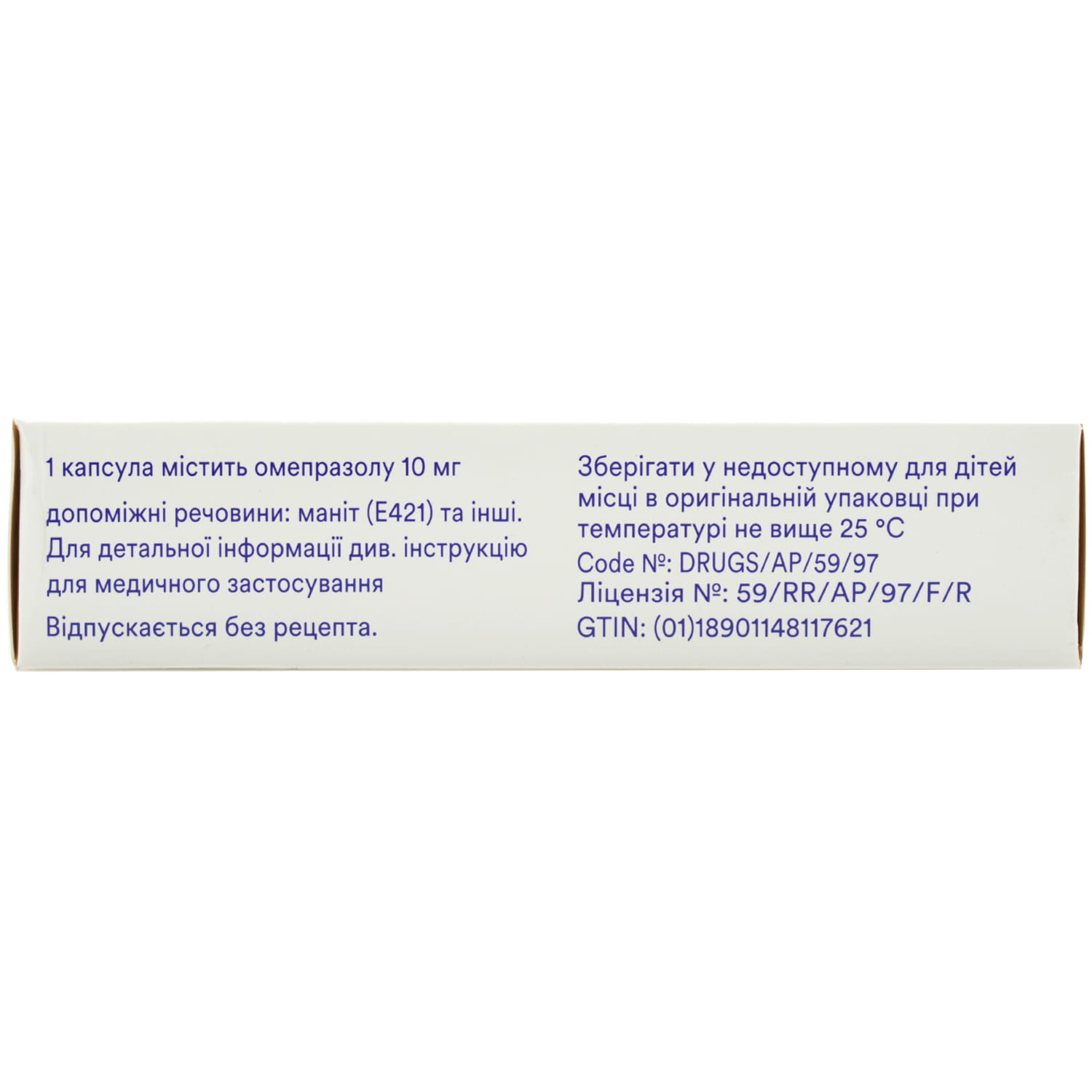
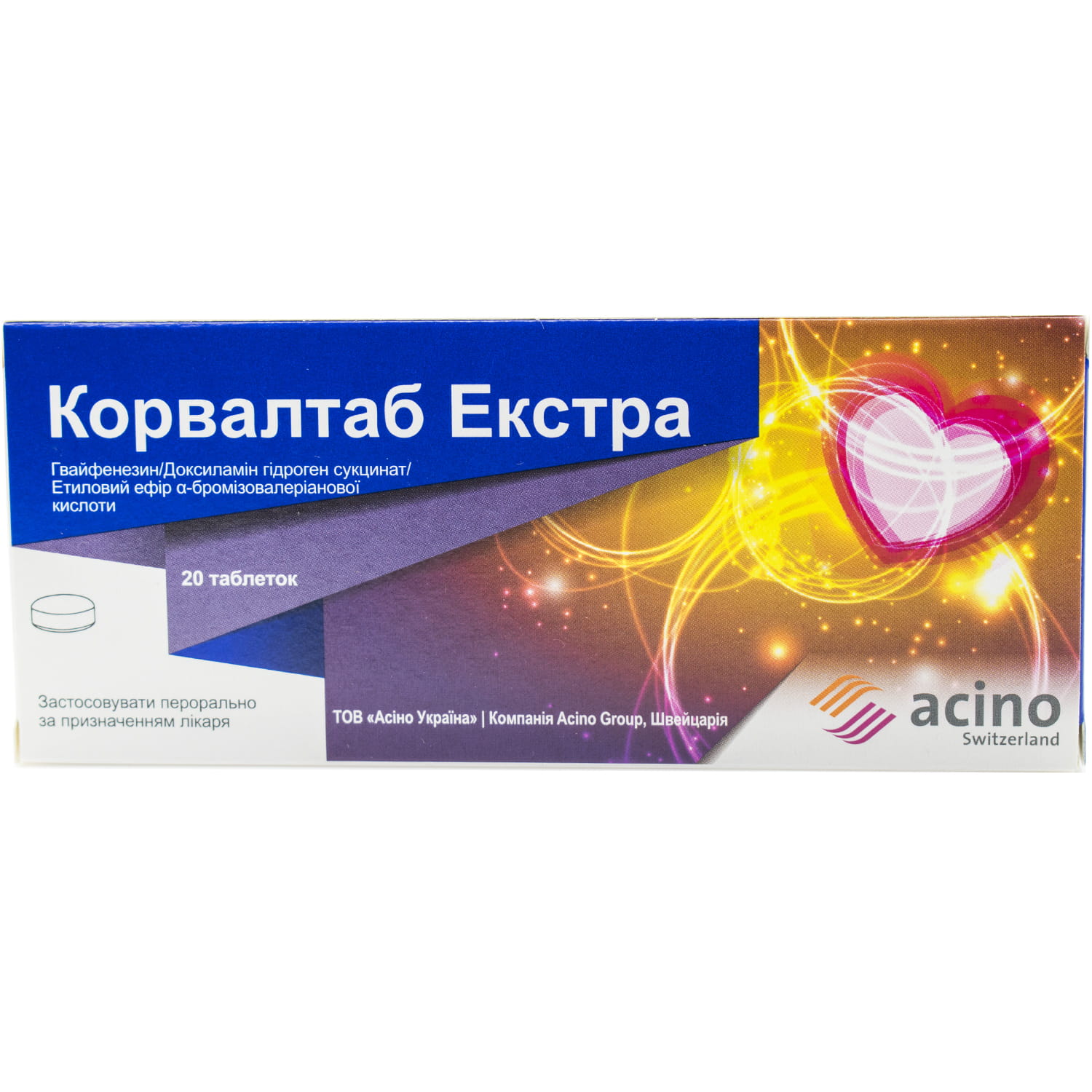
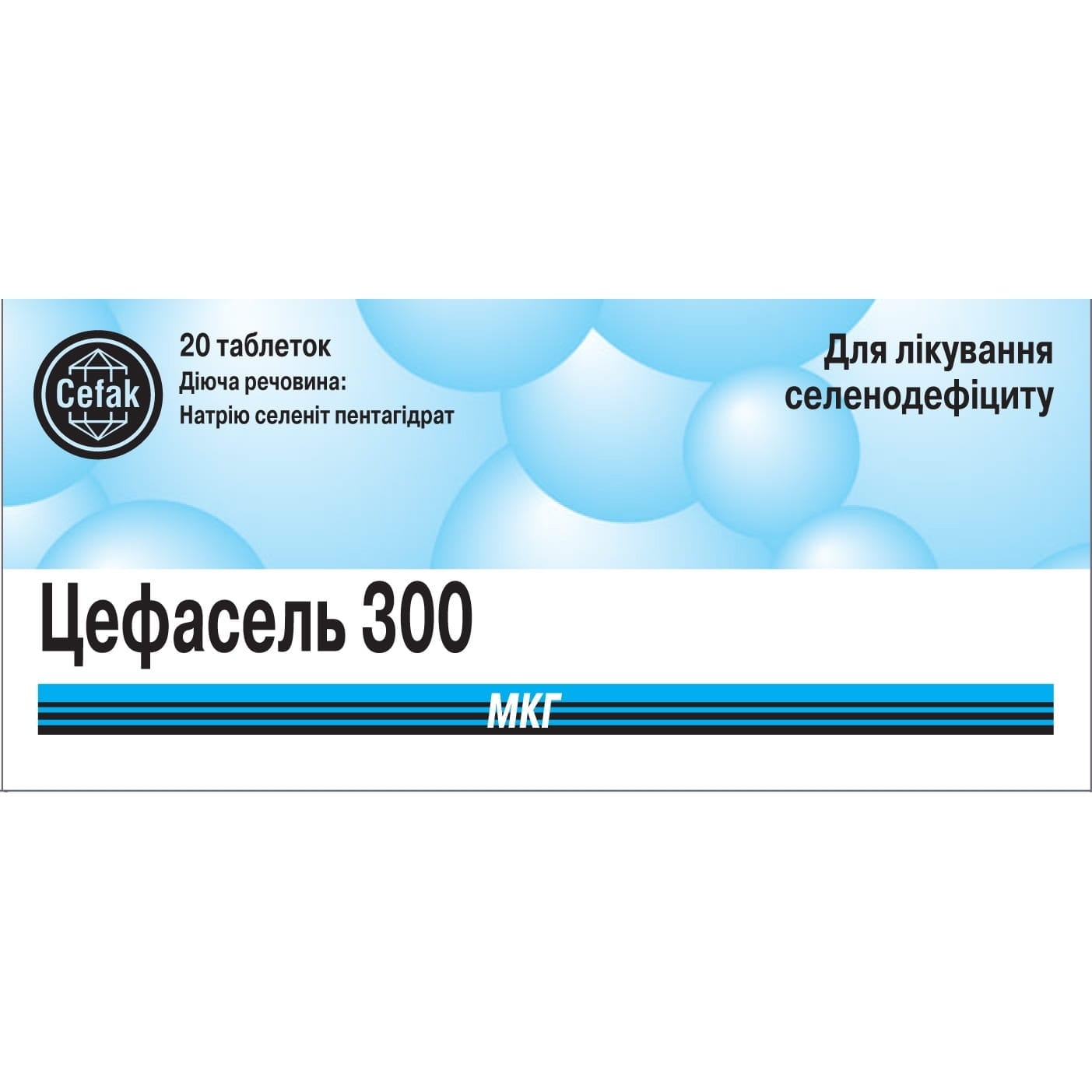
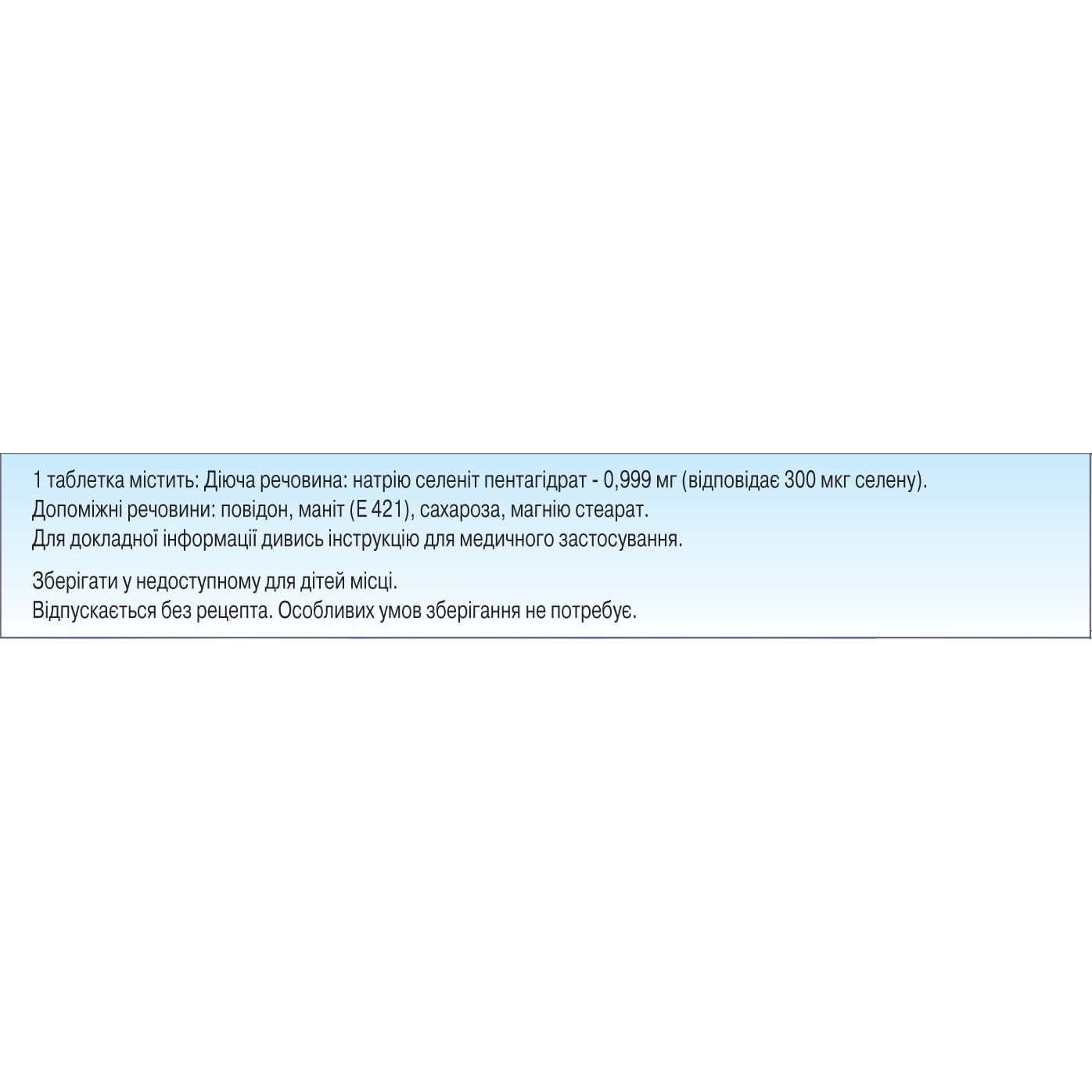
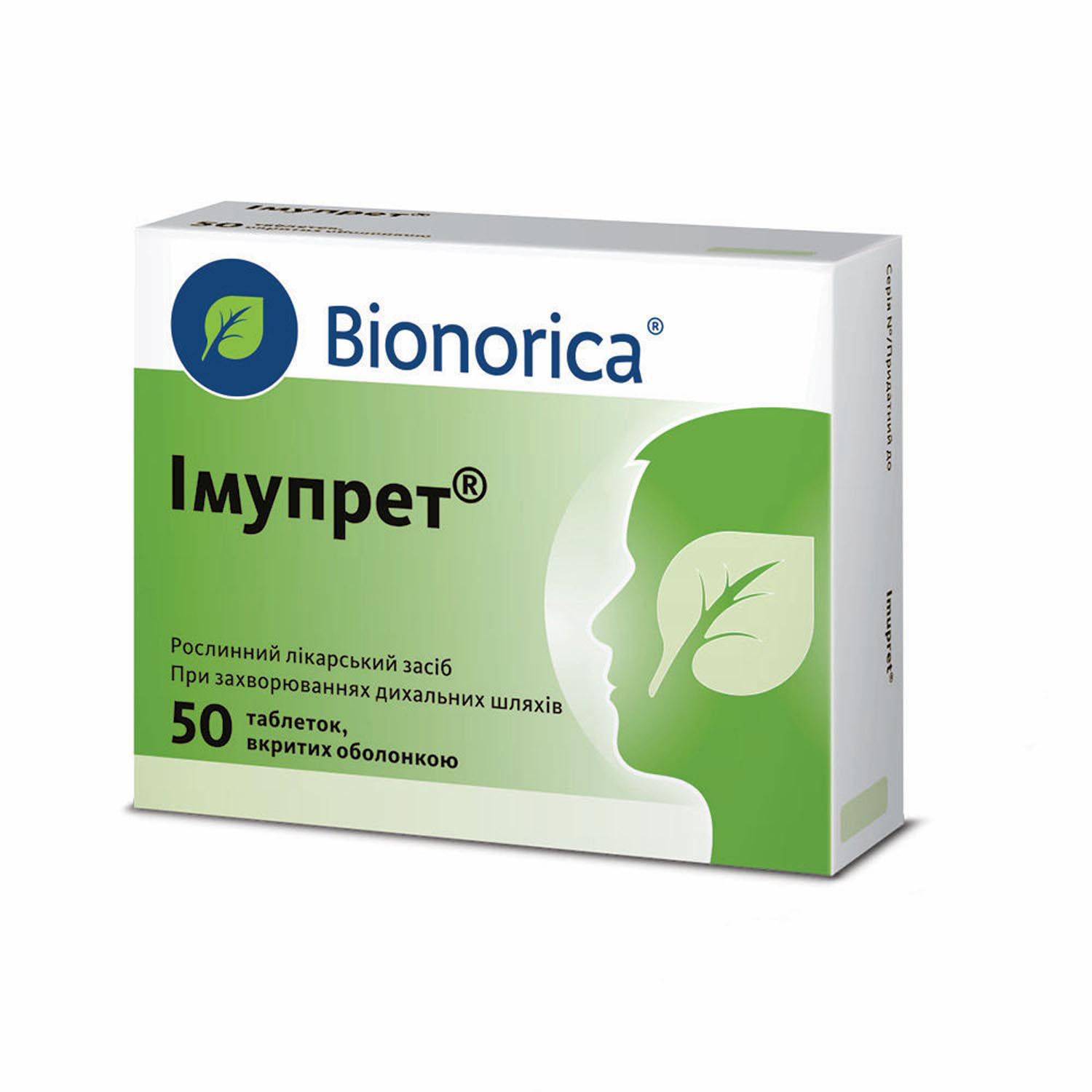

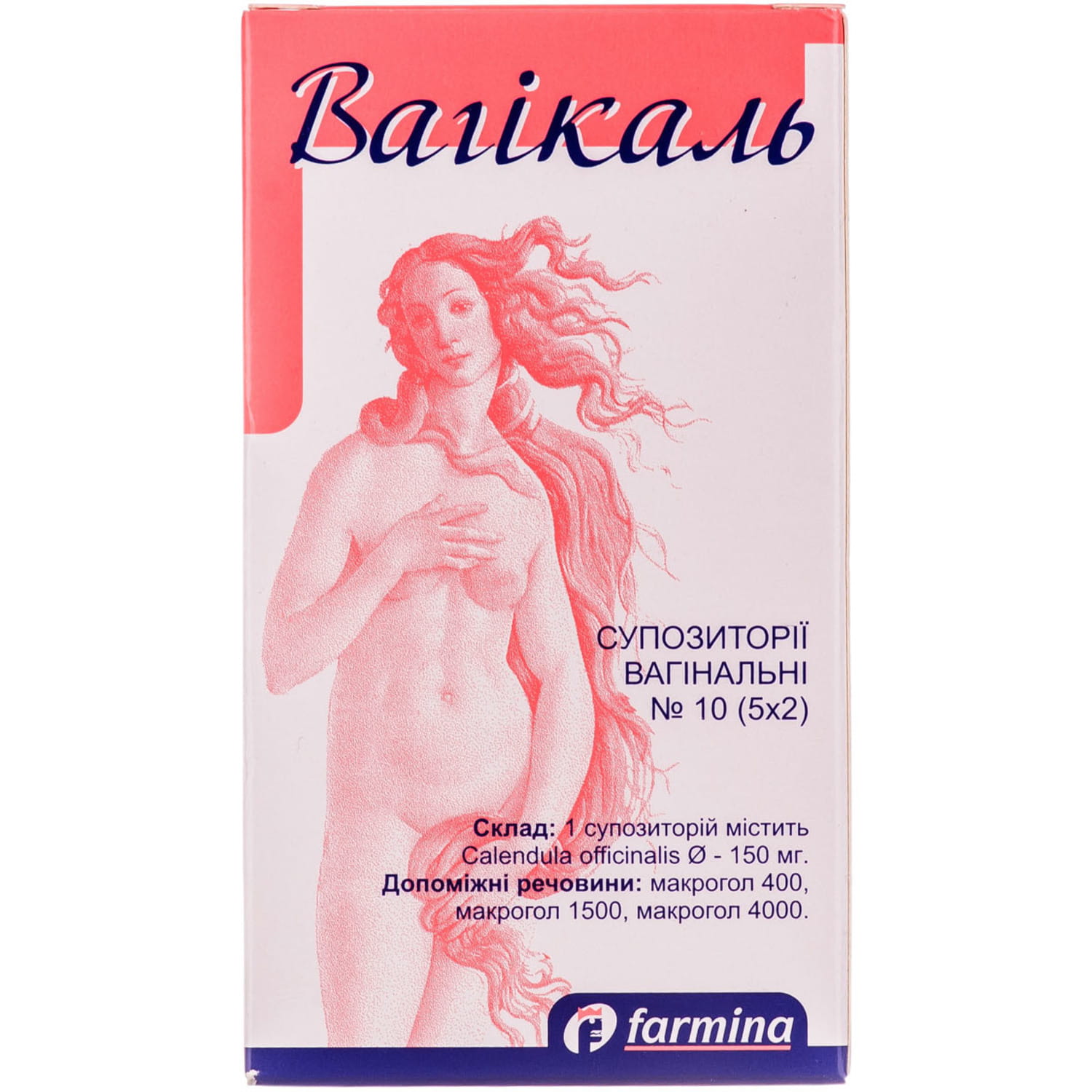
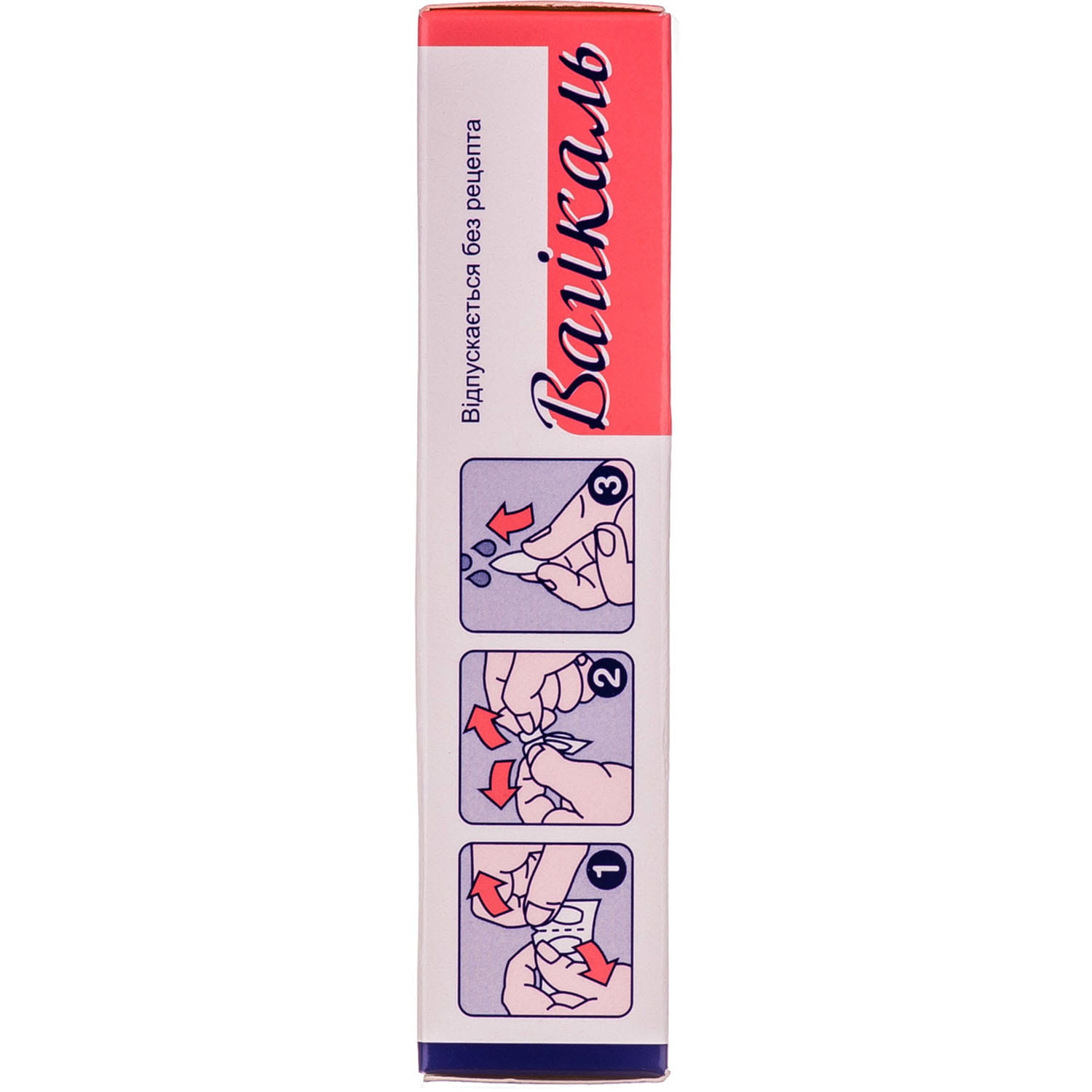



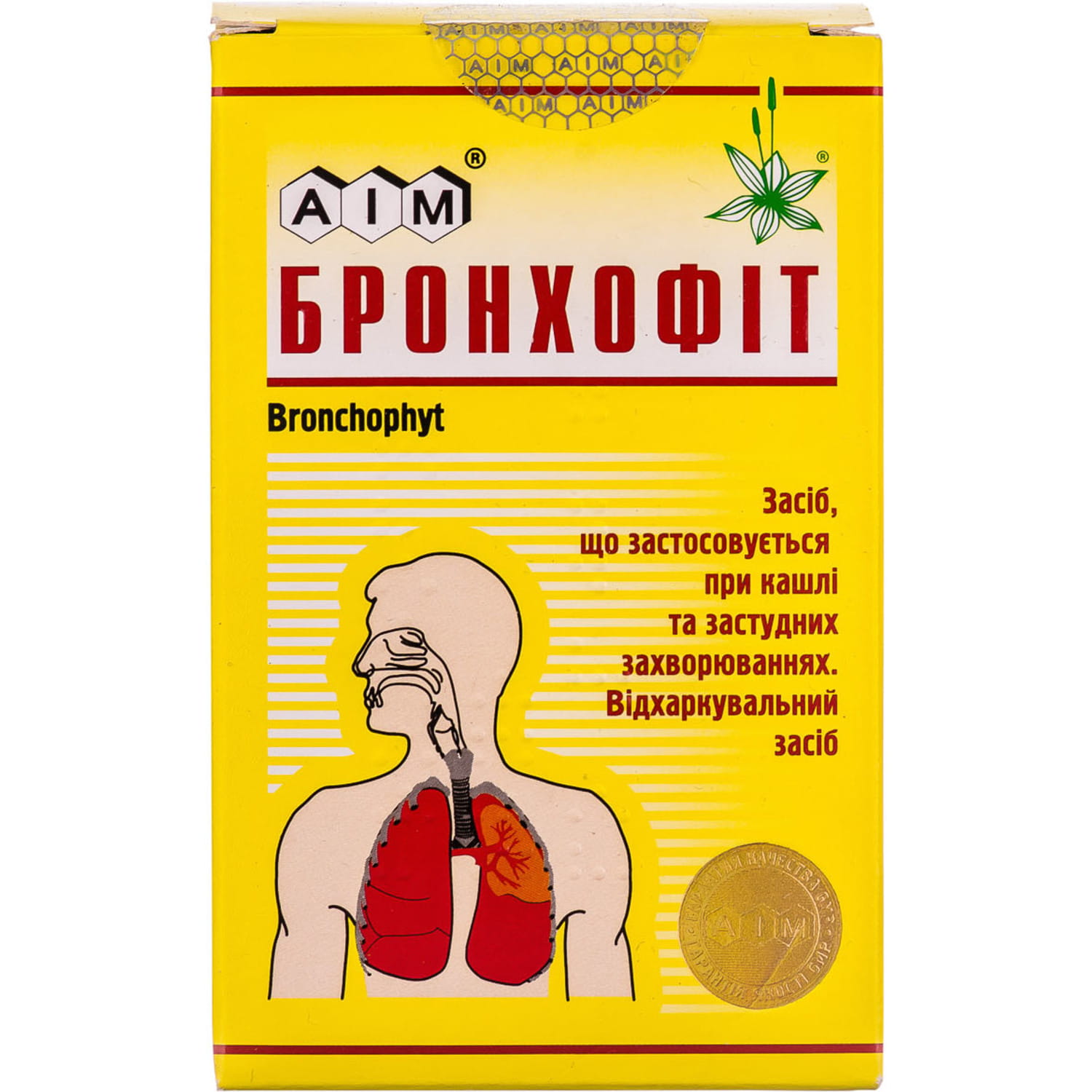
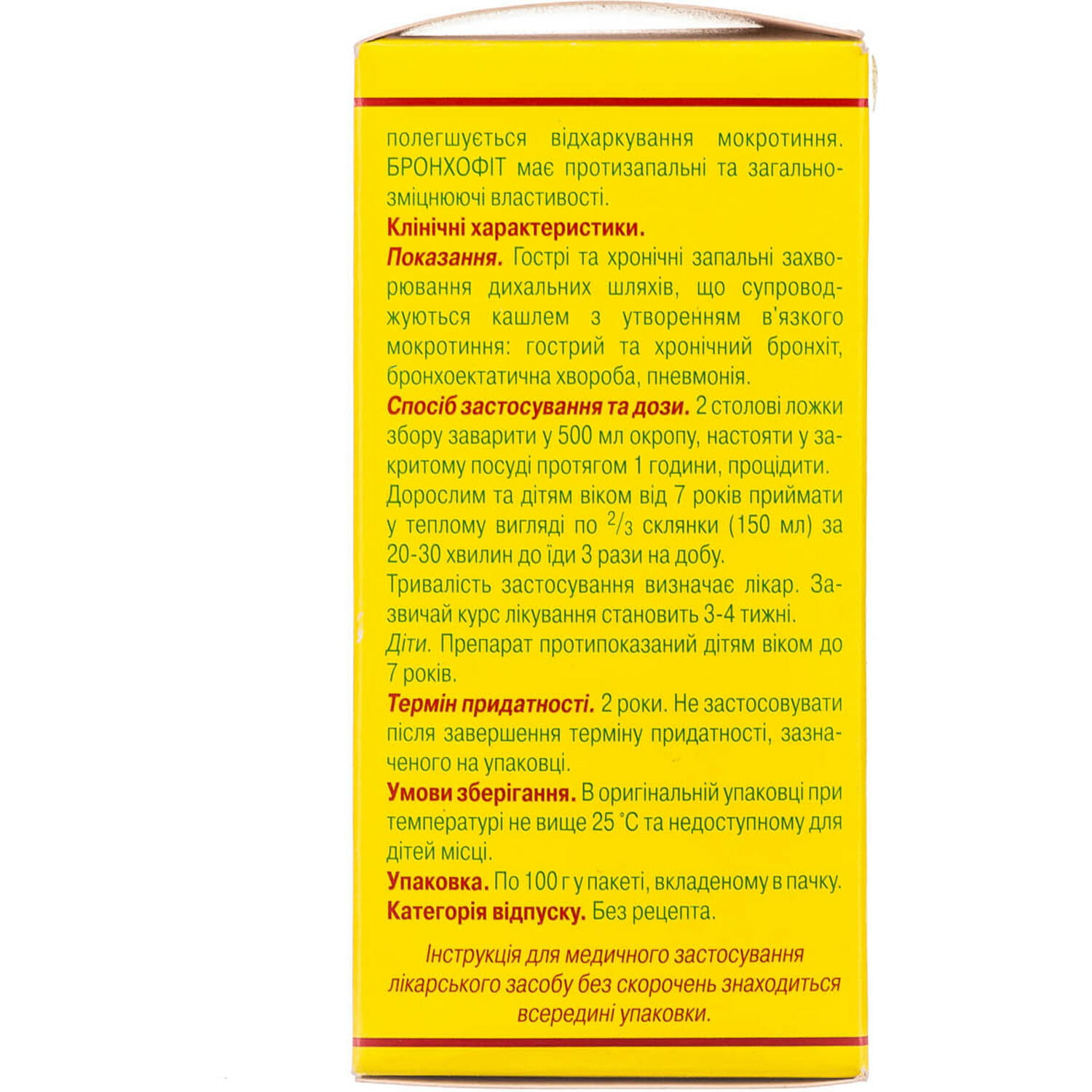




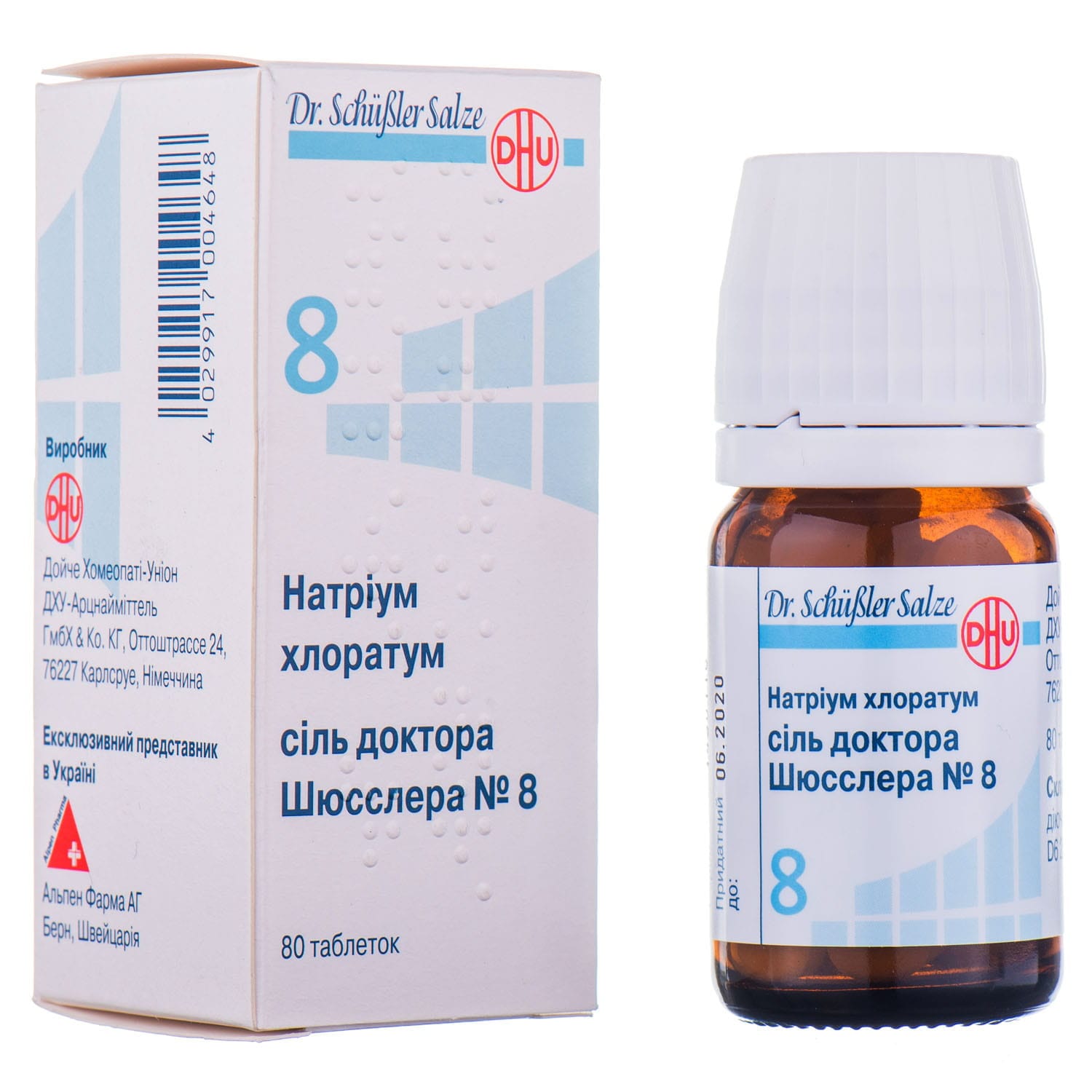

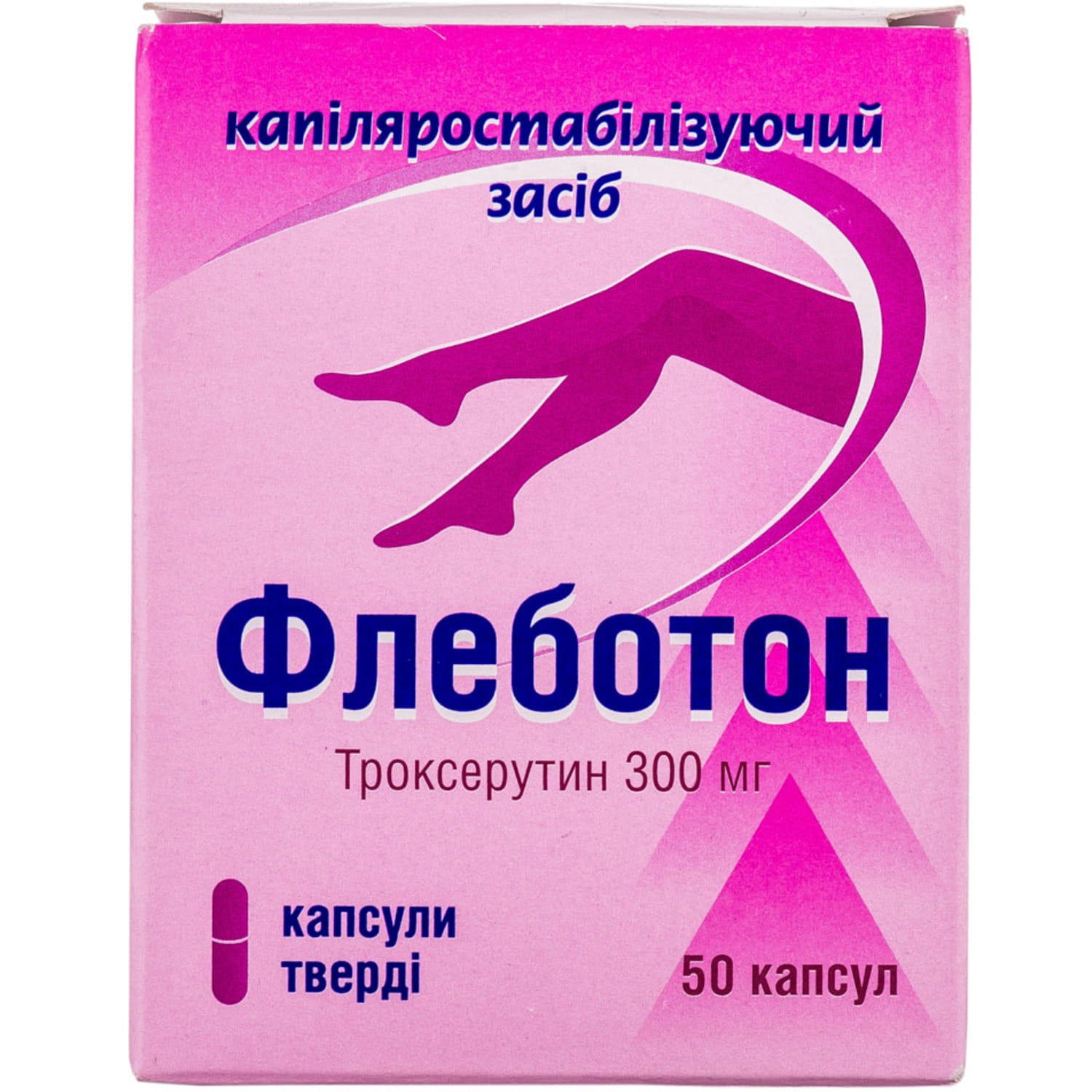
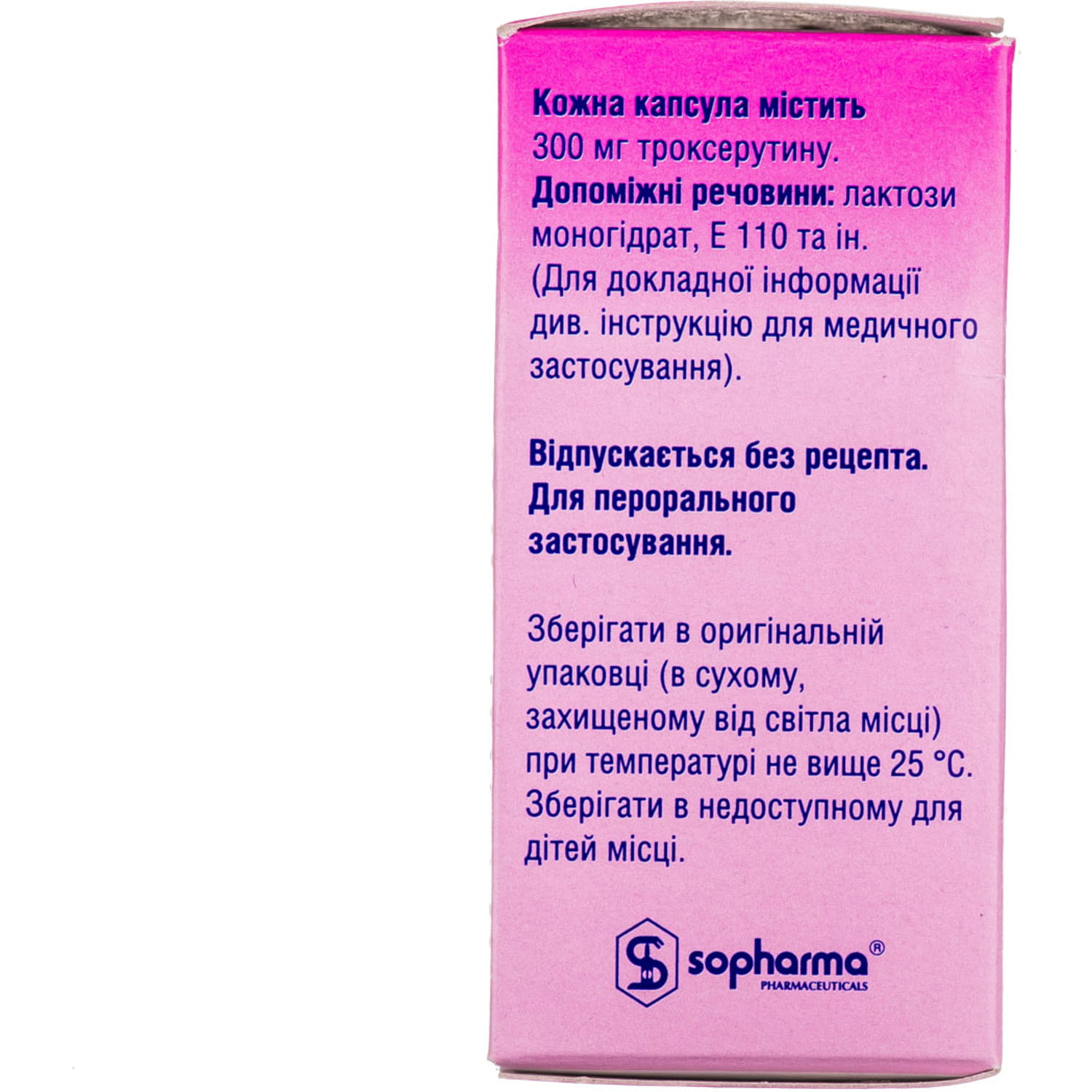


Reviews
There are no reviews yet.